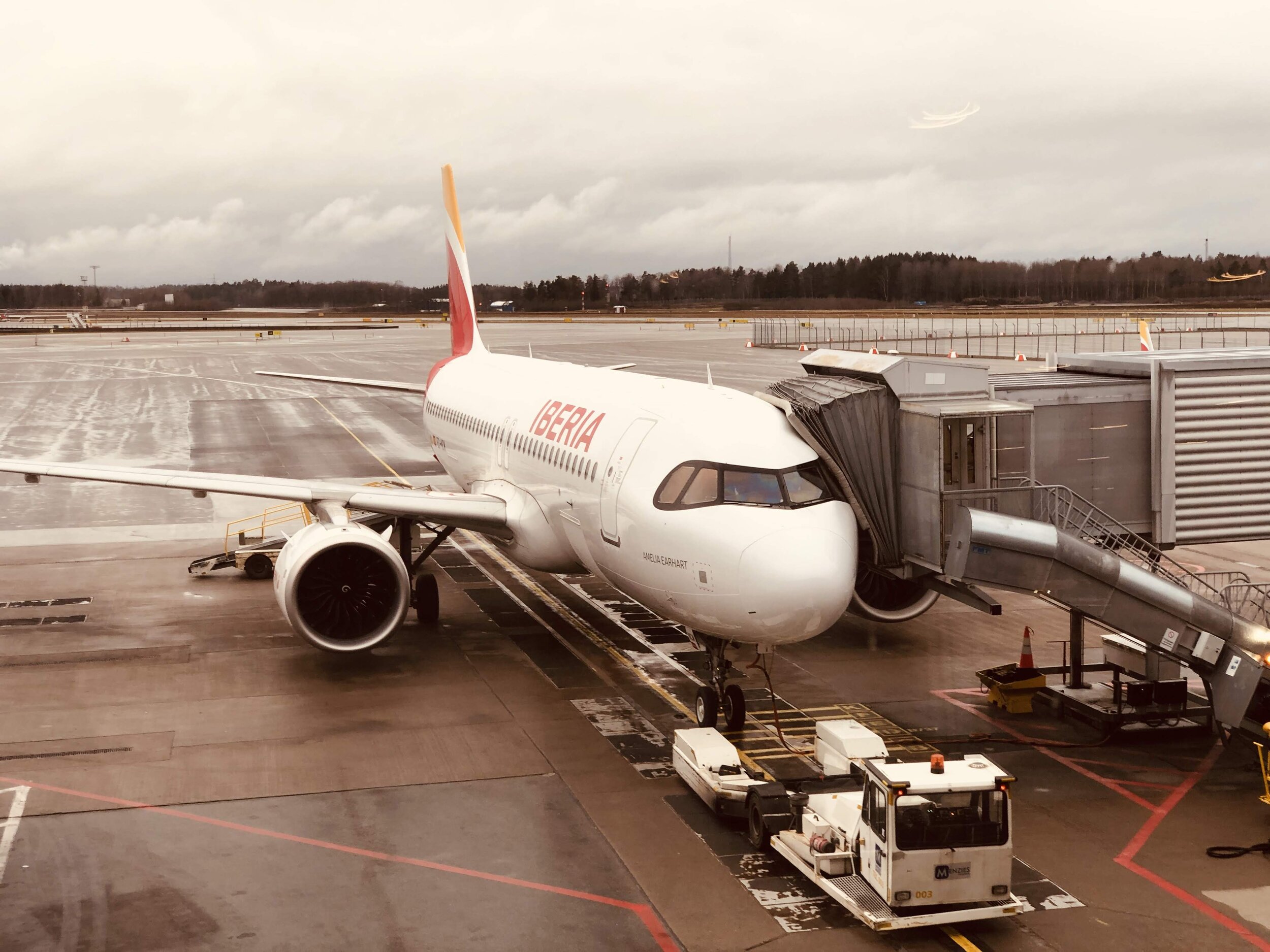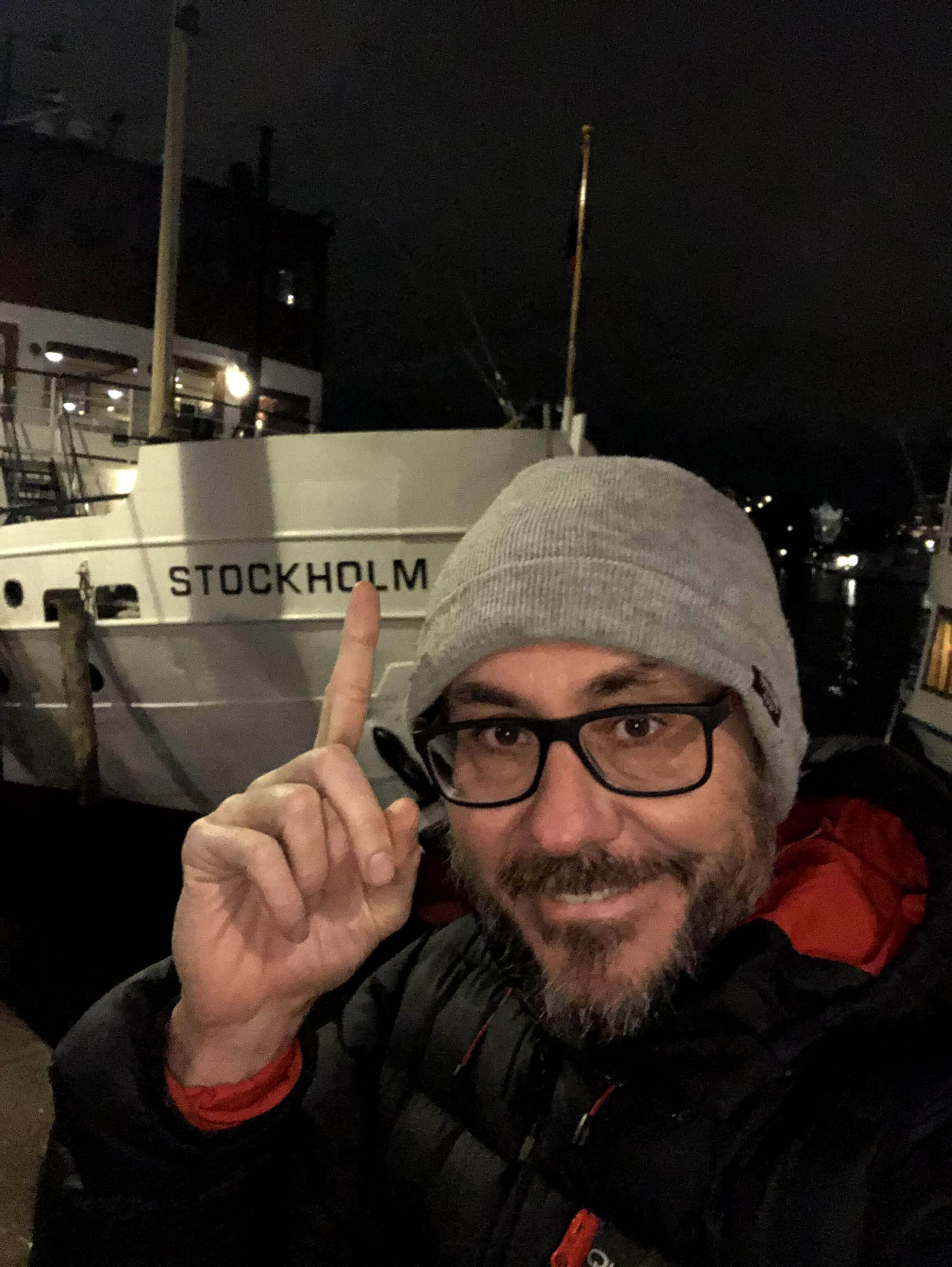Creating content directly in a target language, rather than localizing content, is that a good idea?
Earlier this week I got a notification from the Google Photos app that said "1 year ago ...." and there I was visiting Stockholm, little could I imagine that this plane would be the last one I would take in 2020, and who knows if 2021!
Last plane I took and last room I slept in before covid19 put me in groundhog day 1 year ago!
In the midst of this pandemic that we live I miss traveling, talking to people from other countries, experience their traditions, enjoy their cuisine ... each country is unique, that's quite obvious when traveling, but that's also something that in my opinion we should also realize when we create marketing content.
Probably if you follow my blog you are familiar with the different phases required to localize a product.
It takes a series of steps and a series of processes that usually start with the creation of content in English and at some point as if by magic the content appears in your product in multiple languages.
But what would happen if we were to write the content directly in the different languages for the different markets in which we plan to launch our product? Is it feasible to skip the traditional localization phase and generate content directly in the target language?
I think so, but not for all types of content, but for a very particular type of content is doable ... content marketing.
And why is that?
Content marketing is the type of content that is most affected by different cultural norms expectations, different political and religious views depending on the country for which you create the content.
In fact, on many occasions, many companies find themselves in a situation where their content marketing whether it is a blog post, infographics, video ads, or social medial, in general, are received well in one language (usually in English for domestic markets) but then that content doesn't work so well to engage customers overseas.
And the truth is that content marketing is a type of content that is complicated to be really effective across the globe following traditional translation approaches; since translating from English to each country puns, local references, alliteration, or whatever is trendy in each of the target markets is hard.
Quite often I say that we need to create content for global customers, but actually, there's no such thing as a global audience. It's more like each target market is its own audience, and each market requires a custom approach.
That's why in our industry more and more LSPs and freelancers are producing content directly in the target language without going through English first.
But how do we do that? How do we write content marketing directly in the target language?
And why is that?
Read on and I'll tell you all about it below!
Review the concept with expert linguistic marketing specialists to determining whether creating content directly in the target language is feasible
Create the budget and the schedule by taking into consideration the complexity of the content
To align expectations with your stakeholders in the early phases is a good practice to run a “Linguistic Validation Process”. A linguistic validation process is a good approach designed to ensure the content created in the target language conveys the same meaning as the source content, even if it has been adapted to the target population.
The content created directly in the target language is provided to the client for feedback after it has been linguistically and culturally adapted to the different market
If this sample is approved by the client we greenlight the project and language professionals start working producing a copy considering the language, culture, beliefs, and behavior of the target market
While creating content, samples are sent at certain stages of our schedule based on the client's requests, ensuring their complete satisfaction.
Upon the final approval of the client, the final content is tested. This is a crucial step before final delivery as you need to start testing it before it can be launched on a large scale. You can run surveys or review your analytics to get feedback and also to measure the engagement levels
Congrats! Now, you are ready to go viral in the countries you targeted!
Click HERE to download the infographic
One last thought before finishing this post ... it's not all great and fantastic if you choose to create content directly in your target markets bypassing the English step before, there are several disadvantages, well, maybe disadvantage is not the best word to use, let's call them considerations that you should know before embarking on creating multilingual content.
Possible disadvantages of creating content directly in the target language
Among all the possible types of translation, writing marketing content directly in the target language is the most expensive type of translation.
Brilliant bilingual creative writers are not easy to find.
The timelines are often longer than a traditional localization project due to a lengthy process because of the numerous consultation stages.
As a client, you should feel comfortable knowing that your original concept may be quite different from what you expected.
Final Thoughts
When the main goal is to convey a message to a culturally very different audience, writing content directly in the target language is a good approach.
Unlike traditional localization, this approach involves completely restructuring the content to account for the cultural specificities of the language in each market.
Having a solid global content strategy is crucial in today's global marketplace, and a one-size-fits-all approach will probably not give you the results you expect.
Be brave, follow the steps suggested above and you will be in an excellent position to deliver content that appeals to audiences in multiple markets.
Have a great week!
@yolocalizo

















Localizability has always been a challenge small issues in source content often lead to big problems later in translation. In this post, I explore how AI is giving localization teams a powerful new way to improve source quality, reduce friction, and create better content for every market right from the start.